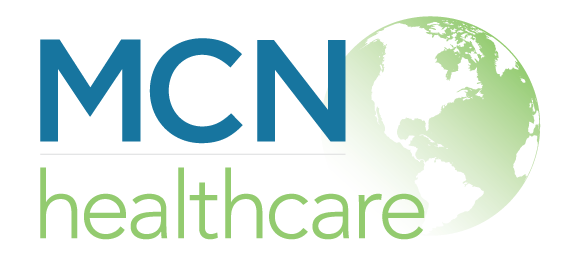
Organizational Risk Related to Poor Document Control and Policy Management
Risks to patient safety and the potential for adverse events are well-known factors every healthcare organization works to prevent. The thought by healthcare leaders is to have a strategic plan that details internal controls executed to inhibit risk. For most organizations, this includes approaches such as patient safety committees, failure mode, and effects analysis, consistent education, etc., but few organizations look at their document control process and envision the risk that is actually involved when substandard document control practices are in place. Risk of litigation related to an adverse patient care event associated with current practice often generates an inquiry into the organizational policy at the time of the event.
Regulatory agencies such as The Joint Commission (TJC) provides standards regarding the organization’s culture and the framework it should be operating from. Regulatory agencies also speak to required policies throughout their standards. The foundation of practice for any organization to operate efficiently requires effective policies and documents outlining the guiding principles of practice approved by leadership. Not providing this foundation for practice and ensuring staff have current and approved guiding principles to refer to based on evidence and clinical research exposes internal controls to foreseeable risk.
Foreseeable risk is not often thought about when evaluating the document control practices of a healthcare organization, but one could determine it is a possibility when there is neglect of operational practices associated with poor document control management. Risk may be correlated to leadership responsibilities such as policy neglect, lack of timely review of documents, and not incorporating the changes from mandated regulatory requirements into policy and practice. This can increase risk in every delineated area of care, treatment, and services. Other areas of foreseeable risk associated to the document control process is negligence in performing the due diligence required to provide appropriate policies for use by staff at the point of care, increasing risk during the litigation process.
Document control and policy management can become complex if you do not have the appropriate tools and workflows in place to review, approve, and execute essential documents and policies in a timely manner. Proactively assessing for and determining the gaps in the process that exposes organizational threats can inhibit foreseeable risk and assist in the journey to becoming a high-reliability organization.
MCN HEALTHCARE
Document Compliance Software for Healthcare
Policy Management Software | Policy Library
StayAlert! – Regulatory Alert System | StayAlert! Plus
Learn more at mcnhealthcare.com


